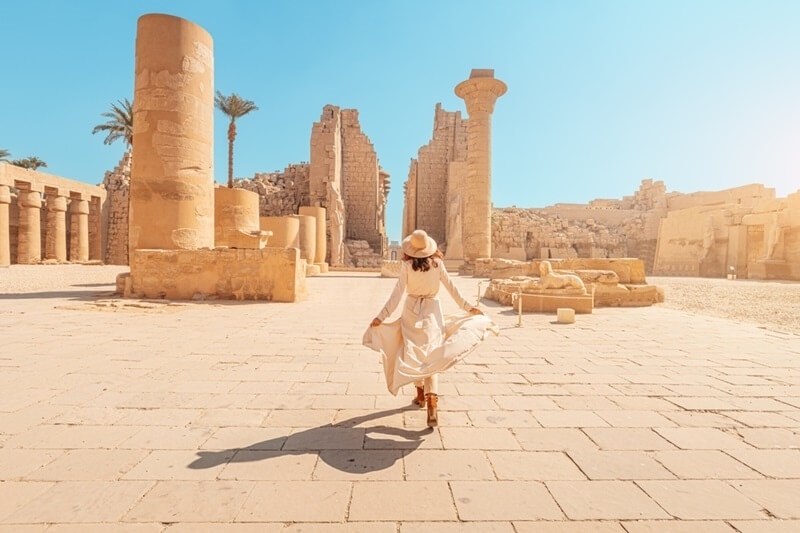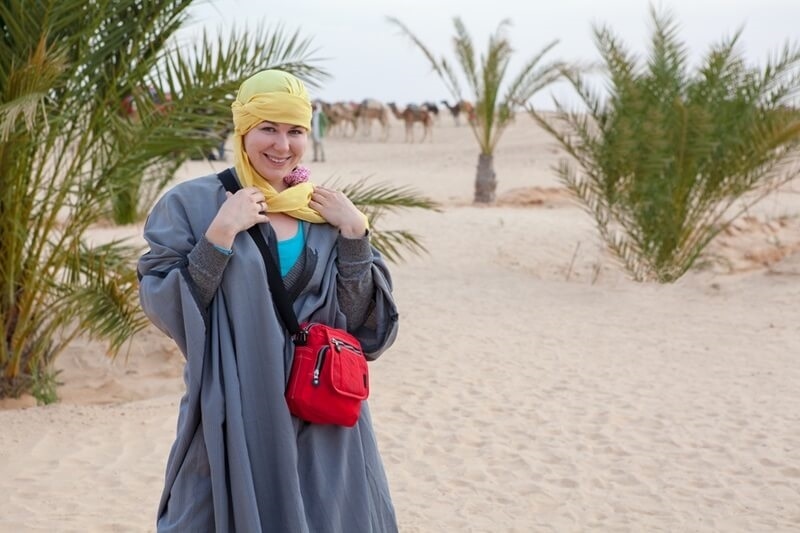
Are you unsure of what to wear when traveling in Africa? Dressing well could make or break your trip, whether you're visiting the steamy jungles of the Congo, the breezy coastlines of South Africa, or the sun-burned plains of Kenya. Packing the appropriate dresser is essential for comfort, safety, and respect due to cultural customs and erratic weather.
This African climate garb manual will assist you in understanding the importance of modest dress in Africa, what types of safari garb paintings quality in specific regions, and how to build your journey cloth cabinet based on each weather and cultural dress code. Whether you’re travelling in the summer season, wintry weather, or dry or rainy seasons, this comprehensive guide has you covered.
Africa is a big continent with a huge variety of climates, and knowing the African climate apparel guide is your first step in deciding what to put on when visiting Africa. While many associate Africa with countless sunshine and deserts, it also has rainforests, mountainous areas, and temperate zones.
Here’s a quick breakdown of fundamental weather zones and what form of hot-climate outfits in Africa or cold-weather layering you’ll want:
Understanding these zones helps you put together warm-weather clothes in Africa, in addition to colder conditions, which can surprise even professional travelers.

Cultural sensitivity is vital even when determining what to wear, even when traveling in Africa, particularly for more conservative or non-secular corporations. Even if cities like Nairobi or Cape Town may be extra comfortable, rural groups and locations of worship normally have extra strict cultural apparel standards.
Tips for Dressing Modestly:
Choosing modest dress in Africa not only shows recognition but can also cause more significant interactions with locals. You’ll blend in higher and avoid drawing unwanted interest.
Going on a safari? Then safari clothing deserves special attention. You’ll be spending hours underneath the African sun, in dusty cars, in all likelihood hiking through the bush, or lounging at eco-lodges.
Key Safari Clothing Tips:
Use earthy shades, which include olive, khaki, and beige. These help you mixture in with the surroundings and not attract insects.
Wearing the precise safari apparel will keep you heat, including from the elements, and prepared for any unexpected natural environment you may come across.
Different countries and regions in Africa demand exceptional packing strategies. Here's a brief cheat sheet primarily based on the African climate apparel manual and neighborhood cultural dress code:
Regardless of where or when you’re travelling, here’s a versatile packing list that works for most elements of Africa:
Tops
Bottoms
Footwear
Accessories
Packing smart method, you’re constantly ready for warmth, dirt, or rain—no matter which corner of Africa you’re visiting.
A lot of first-time tourists to Africa make avoidable garb errors. Here are a few common mistakes—and a way to keep away from them:
Respecting modesty get dressing in Africa and being aware of the neighborhood cultural dress code can save you from embarrassment or even fines.
One of the most important components of responsible direction is being conscious of your influence, which includes the clothes you wear. Here's how to follow the African climate dress code while still dressing sustainably:
Whether you are dressing for a safari or for a metropolis, an enjoyable, thoughtful excursion style allows the local monetary device and the surroundings.
Still uncertain approximately what to wear whilst traveling in Africa? Here are a few very last golden regulations:
When you dress as it should be, you not only guard yourself from the elements but also gain recognition from locals, a combination in naturally makes your African journey a great deal greater rewarding.
Knowing what to wear whilst journeying in Africa is more than staying cool or looking desirable—it’s approximately safety, comfort, and cultural recognition. Whether you're navigating the bustling markets of Lagos, going on a game pressure in Botswana, or hiking the Simien Mountains of Ethiopia, your apparel selections have a massive effect.
The correct packing strategy ensures that you get the most out of your African trip, whether that means choosing the appropriate safari attire, organizing warm-weather clothing in Africa, or following the cultural dress code for modest clothing.
Therefore, pack sparingly, strategically, and—above all—with appreciation. Africa is waiting for you, and now you're ready for a life-changing adventure.
This content was created by AI